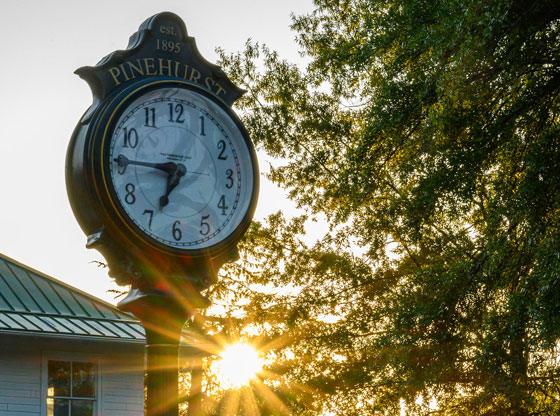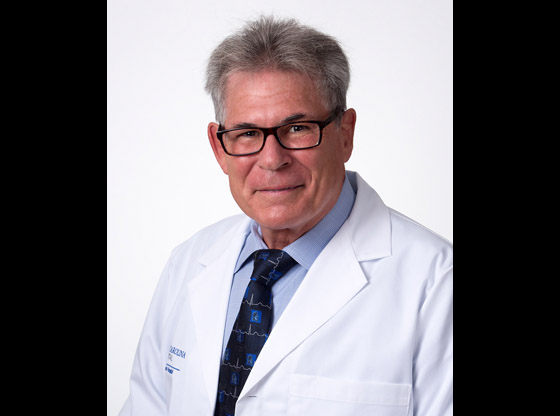Office workers bemoan driving home in the dark. Night owls relish the chance to sleep in. As clocks tick toward the end of daylight saving time, many sleep scientists and circadian biologists are pushing for a permanent ban because of potential ill effects on human health.
Losing an hour of afternoon daylight sounds like a gloomy preview for the dark winter months, and at least one study found an increase in people seeking help for depression after turning the clocks back to standard time in November — in Scandinavia. Research shows the springtime start of daylight saving time may be more harmful, linking it with more car accidents, heart attacks in vulnerable people and other health problems that may persist throughout the time change.
Here’s what science has to say about a twice-yearly ritual affecting nearly 2 billion people worldwide.
SLEEP EFFECTS
Time changes mess with sleep schedules, a potential problem when so many people are already sleep deprived, says Dr. Phyllis Zee, a sleep researcher at Northwestern Medicine in Chicago.
About 1 in 3 U.S. adults sleep less than the recommended seven-plus hours nightly, and more than half of U.S. teens don’t get the recommended eight-plus hours on weeknights. One U.S. study found that in the week following the spring switch to daylight saving time, teens slept about 2½ hours less than the previous week. Many people never catch up during the subsequent six months.
Research suggests that chronic sleep deprivation can increase levels of stress hormones that boost heart rate and blood pressure, and of chemicals that trigger inflammation.
HEART PROBLEMS
It has also been shown that blood tends to clot more quickly in the morning. These changes underlie evidence that heart attacks are more common in general in the morning, and may explain studies showing that rates increase slightly on Mondays after clocks are moved forward in the spring, when people typically rise an hour earlier than normal.
That increased risk associated with the time change is mainly in people already vulnerable because of existing heart disease, said Barry Franklin, director of preventive cardiology and cardiac rehabilitation at Beaumont Health hospital in Royal Oak, Michigan.
Studies suggest that these people return to their baseline risk after the autumn time change.
CAR CRASHES
Numerous studies have linked the start of daylight saving time in the spring with a brief spike in car accidents, and with poor performance on tests of alertness, both likely due to sleep loss.
The research includes a German study published this year that found an increase in traffic fatalities in the week after the start of daylight saving time, but no such increase in the fall.
Other studies on how returning to standard time in the fall might impact car crashes have had conflicting results.
OUR INTERNAL CLOCKS
Circadian biologists believe ill health effects from daylight saving time result from a mismatch among the sun “clock,” our social clock — work and school schedules — and the body’s internal 24-hour body clock.
Ticking away at the molecular level, the biological clock is entrained — or set — by exposure to sunlight and darkness. It regulates bodily functions such as metabolism, blood pressure and hormones that promote sleep and alertness.
Disruptions to the body clock have been linked with obesity, depression, diabetes, heart problems and other conditions. Circadian biologists say these disruptions include tinkering with standard time by moving the clock ahead one hour in the spring.
A mismatch of one hour daily is enough for ill effects, especially if it lasts for several months, according to Till Roenneberg, a circadian rhythm specialist at Ludwig-Maximilian University in Munich, Germany.
PRESSURE TO CHANGE
In the U.S., daylight saving time runs from the second Sunday in March to the first Sunday in November. It was first established 100 years ago to save energy. Modern-day research has found little or no such cost savings.
Federal law allows states to remain on standard time year-round but only Hawaii and most of Arizona have chosen to. Proposed legislation in several states would have them join suit — or switch to year-round daylight saving time, which would require congressional approval.
Roenneberg and Northwestern’s Zee are co-authors of a recent position statement advocating returning to standard time for good, written for the Society for Research on Biological Rhythms.
“If we want to improve human health, we should not fight against our body clock, and therefore we should abandon daylight saving time,” the statement says.
Photo of Pinehurst clock by Sandhills Sentinel Photographer John Patota.
Copyright 2019, The Associated Press. All rights reserved.

















